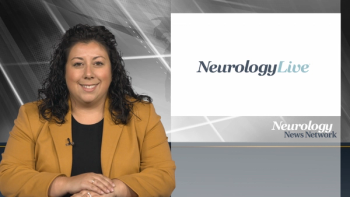
Neurology News Network for the week ending October 19, 2019.

Neurology News Network for the week ending October 19, 2019.
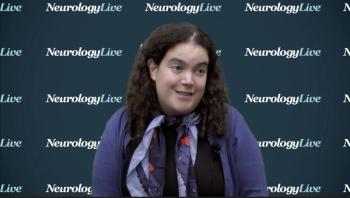
At the 2019 American Academy of Neurology Annual Meeting, Mia Minen, MD, MPH, discussed the opportunities that the increasing number of mobile health users presents for migraine treatment.
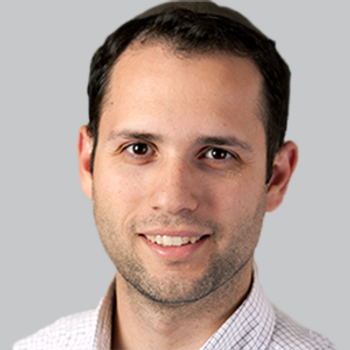
The director of pediatric epilepsy at Northeast Regional Epilepsy Group and co-director of epileptology at Hackensack University Medical Center provided context to these findings to explain how soticlestat can address challenges in developmental epileptic encephalopathies, as well as what may be next in its advancement.
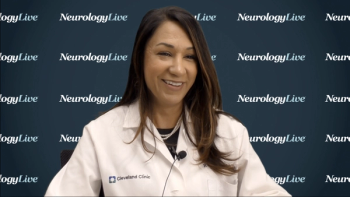
The director of the Sleep Disorders Research Program at Cleveland Clinic Lerner College of Medicine provided her perspective on the differences in OSA prevalence for men and women.

New trials and research partnerships have launched with hopes to find answers for the terminal disease.
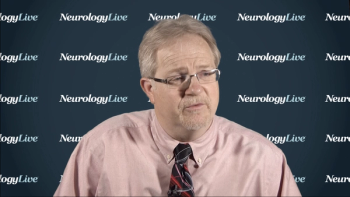
The director of the Center for Spinal Cord Injury Research and co-director of the Spinal Cord Injury Model System Center at Kessler Foundation shared insight into the work the center is doing to address the secondary complications and challenges faced by individuals with spinal cord injury.

The director of pediatric epilepsy at Northeast Regional Epilepsy Group and co-director of epileptology at Hackensack University Medical Center spoke about soticlestat and what can be gleaned from data thus far.
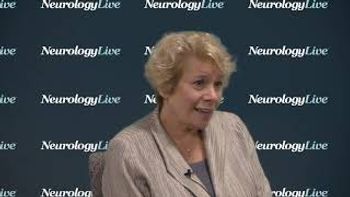
Sperling sat down with NeurologyLive at AAIC 2019 to discuss her thoughts on efforts to detect and treat Alzheimer early on in the disease.

Recent study results suggest that relative seizure reduction is an equivalent predictor of post-surgery quality of life in epilepsy to seizure freedom. Study author Lara Jehi, MD, offered insight into the value of these data.

A first-of-its-kind study has explored the social and professional impacts that tardive dyskinesia-related movements can have on individuals with the condition, as well outward perceptions.

Results of a phase 2 trial in patients with Friedreich’s ataxia leaves hope for the future, with regulatory submission on the agenda.

The director of the Sleep Disorders Research Program at Cleveland Clinic Lerner College of Medicine offered perspective on the currently available interventions for OSA, including the use of upper airway neurostimulation.

Relative seizure reduction was as equally strong a predictor of patient quality of life after epilepsy surgery as seizure freedom in a recent study, with absolute reduction proving to be the worst model surveyed.
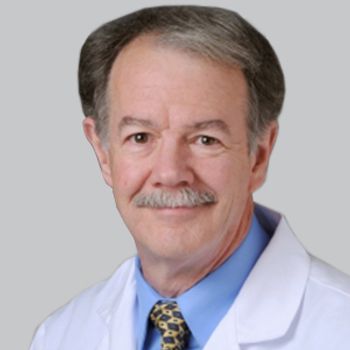
The oral selective adenosine A 2A receptor antagonist was approved in August as adjunctive treatment to levodopa/carbidopa for patients with Parkinson disease who experience off episodes.

New study results suggest that thrombectomy may have similar rates of favorable neurologic outcomes and a comparable safety profile in both pediatric and adult patients with stroke.
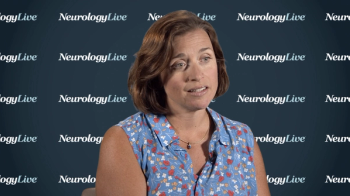
The director of Centers for Neuropsychology and Neuroscience Research, and Traumatic Brain Injury Research at Kessler Foundation discussed the use of cognitive rehabilitation techniques in healthy individuals.
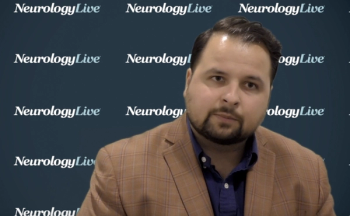
In an interview with NeurologyLive, Dennis Lal, PhD, discusses the value of genetic testing and how it can optimize the way we develop clinical trials and test new therapies.

A composite score of a number of measurements of evoked potentials may be able to predict sustained accumulation of disability in patients with clinically isolated syndrome, which could provide clinicians insight into early disease.

Alder Biopharmaceuticals announced the dosing of the first patient with ALD1910, its investigational monoclonal antibody that inhibits PACAP to prevent migraine. The study is aiming to enroll 100 individuals with results in mid-to-late 2020.
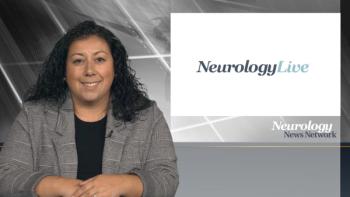
Neurology News Network for the week ending October 12, 2019.

Eli Lilly’s lasmiditan (Reyvow) tablets are the first member of the ditan class approved for use in adults with migraine with or without aura, offering patients who have an inadequate response to other therapies a new acute treatment option.

The findings have implications for ongoing early intervention research in Alzheimer disease and dementia since significant functional and neurocognitive declines were evident in middle age adults based on gait speed assessments.
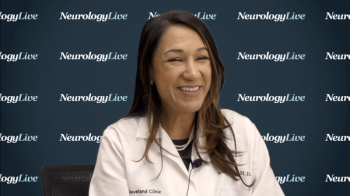
The director of the Sleep Disorders Research Program at Cleveland Clinic Lerner College of Medicine discussed the importance of identifying and diagnosing obstructive sleep apnea as a prevention for a number of its consequential risk factors.
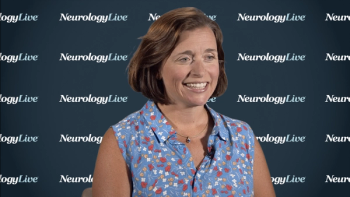
The director of Centers for Neuropsychology and Neuroscience Research, and Traumatic Brain Injury Research at Kessler Foundation shared her perspective on the varying benefits different patient groups derive through strategy training for cognitive rehabilitation.

The study unearthed a 20% diagnostic error rate with non-sex-specific parameters—10% false negatives in women and 10% false positives in men—which the authors found may be eliminated with gender-specific norms and cut scores.

The director of the Sleep Disorders Research Program at Cleveland Clinic Lerner College of Medicine discussed the importance of identifying and diagnosing obstructive sleep apnea as a prevention for a number of its consequential risk factors.

This is the first study to compare infection risk with rituximab alongside other highly effective disease-modifying therapies.
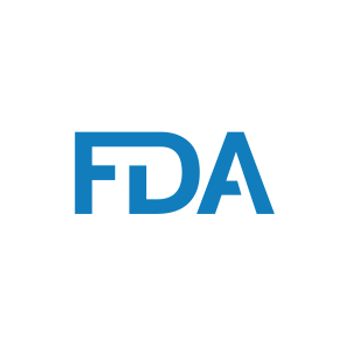
The latest generic entry comes on the heels of a new report from ICER, which published a list of prescription drugs that had substantial price increases in 2017 and 2018 without what they consider to be new supporting evidence.

The impact MT1621 had on survival probably for those treated in comparison to the natural history of the often-fatal disorder was highly significant, with all patients remaining alive as of October.

The senior director of Global Clinical Science at Takeda Pharmaceutical offered perspective on the development of TAK-925, an investigational selective orexin type-2 receptor agonist for the treatment of narcolepsy.